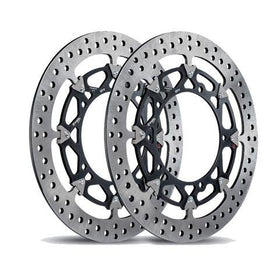
AIM LCU One S (Free Delivery)
Original price
$71.50
-
Original price
$697.95
Original price
$71.50
-
Original price
$697.95
Original price
$71.50
-
$697.95
$71.50
-
$697.95
Current price
$697.95
LCU One S
|
||||||||||||||||||||||||||||||||||||||||||||||||||||||||||
|
LCU1S controller allows to perfectly tune
the carburetion of your engine to keeping it at its best and improve the engine's performances. lt uses a wide band Bosch LSU 4.9 sensor that saves the original calibration for the duration of the sensor's life. In fact, Bosch LSU 4.9 probe has been designed to last for more than 100,000 km on a stock car. |
|
Precision and reliability
|
|
LCU1S can detect accurate Lambda value
from 0.65 to 1.6, offering an extremely precise measurement, very useful for engine tuning. Through the analysis of the remaining oxygen, LCU1S points out a possible oxygen excess/lack in the carburetion and provides essential information for 2 strokes and 4 strokes engines. The configuration of Stoichiometric ratio allows LCU1S to be used on petrol, diesel and also alternative fuel powered engines. |
LCU1S Open allows you to transmit the data via CAN
to every system: configuring the output is very flexible,
by setting IDs, messages, baud rate and frequency.
Of course, LCU1S can also be used as an AiM Expansion,
without any issues or limitations.
| CONFIGURATION |
| Every OPEN device features a 7 pins connector to be connected to a PC via a dedicated USB cable. |
 |
| With AiM RaceStudio 3 software devices and the CAN messages can be easily configured |





